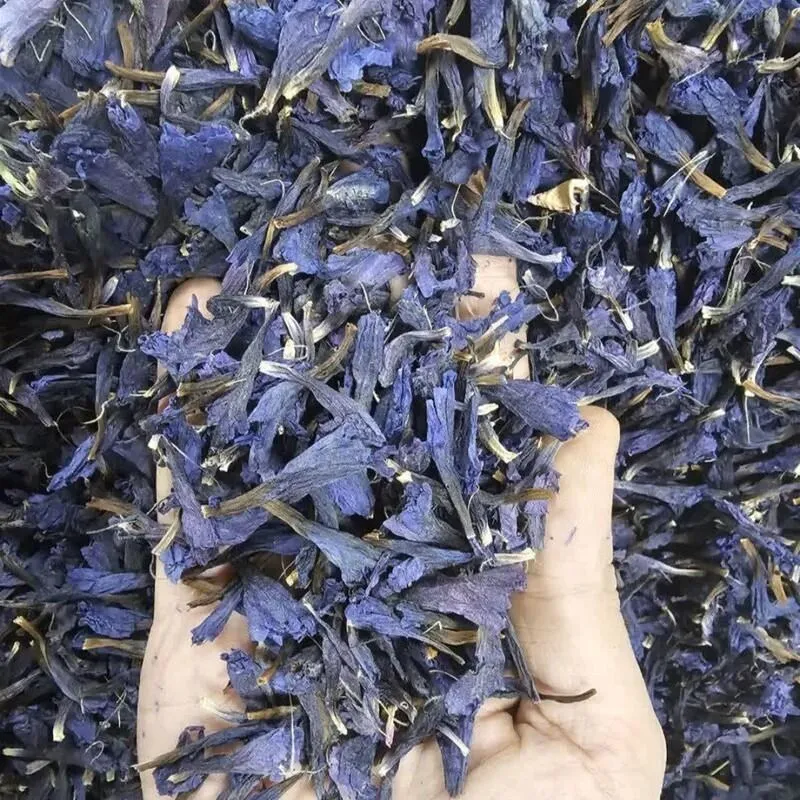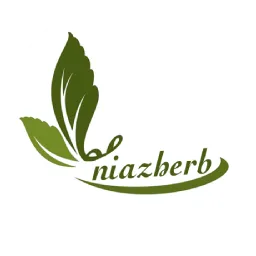
(Iranian Borage) Echium Amoenum
Botanical Name: Echium Amoenum
Another Name: Iranian Borage, Borage Flowers, Borage Flowers Blue Persian Borage
Name in diffrent Languages: Arabic: لسان الثور , Russian: Огуречная трава, French: Bourrache, Persian: گل گاو زبان (Gol Gav Zaban) (Ox-tongue flower), Persian (Farsi): گل گاوزبان (golgāvzabān, roughly “cow's tongue flower”),
Medicinal Parts
- Dried flowers
- Flowering tops
- Leaves
Global distribution
This plant is native to Iran and is not cultivated in other countries.
Price
Call for Price
Related Products
Description
Iranian borage, or Echium amoenum, is a plant species known for its medicinal properties, particularly in traditional Iranian medicine. It's used for various ailments, including fever, coughs, and as a sedative. In some regions, it's also brewed as a tea. Additionally, borage oil, derived from the seeds, is a rich source of gamma-linolenic acid (GLA) and is often used as a supplement.
Key points about Iranian borage:
-
Medicinal Uses:Traditionally used for fever, infectious diseases, and as a sedative.
-
Borage Oil:The seeds contain borage oil, a rich source of GLA, which is often marketed as a supplement.
-
Tea:Borage flowers can be brewed into a tea, particularly in Iran, and is known for its calming properties.
-
Edible:Both leaves and flowers are edible and can be used in cooking or as a garnish.
Beyond Iranian borage:
- Borage (Echium amoenum): This is the scientific name for the plant, commonly referred to as borage.
- Indian Borage: There's also a plant called Indian borage, which is not the same as the Echium amoenum species. It's often referred to as Ajwain and has a different botanical name, according to Dr. Poorvi Bhat.
Echium Amoenum Benefits and Effects
Analgesic Properties
Antidepressant Properties
Anti-inflammatory Properties
Anxiolytic Properties
Antioxidants properties
Antibacterial properties
Antiviral properties
Immunomodulatory properties
Categories
Tags
Submit a comment
(0 Comment)
